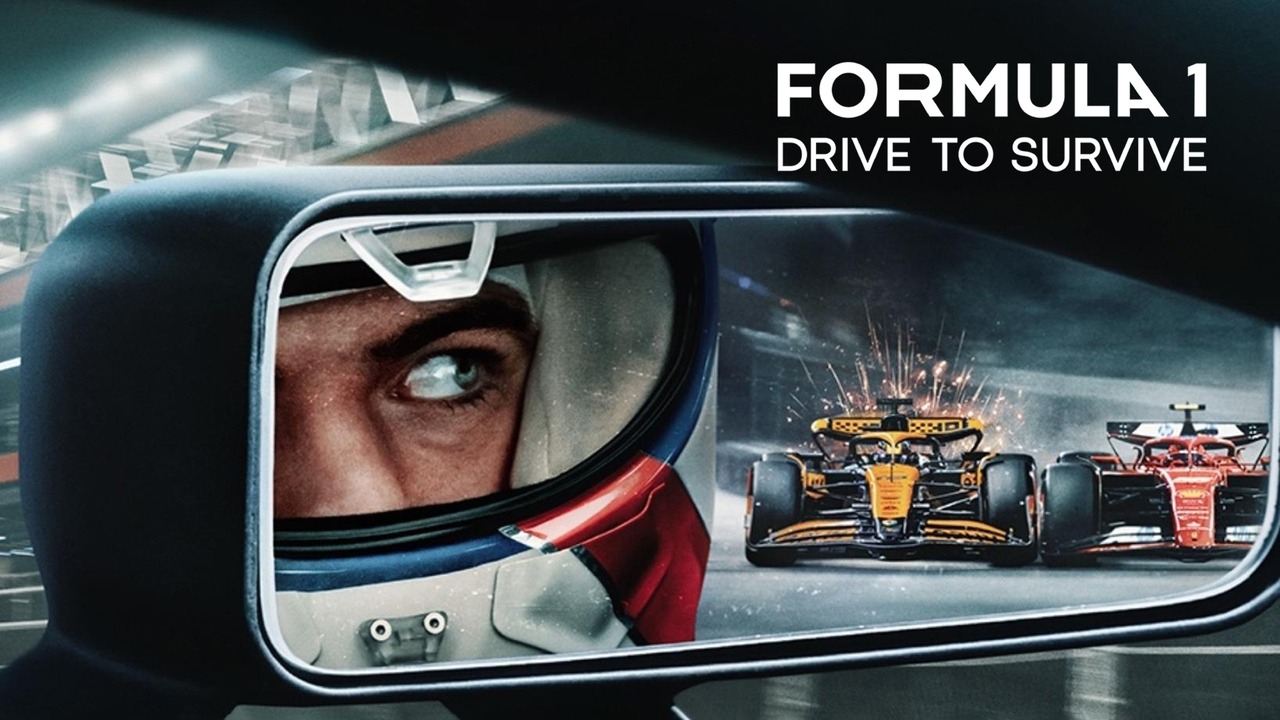Storytelling


Imagine this.
Marketing manager Sarah is sitting in a coffee shop, pitching ideas to a client — a small skincare startup called Lumé.
The founder keeps saying, “We’re all about natural ingredients and self-care,” but something’s missing. The presentation looks clean, the logo is elegant, yet the brand still feels… lifeless.
Then Sarah asks one simple question:
“What’s your story?”
The founder pauses. She remembers how her grandmother used to make herbal balms using lavender and chamomile from her backyard. That’s how Lumé was born — out of family recipes and a belief that beauty starts with care, not perfection.
Suddenly, everything clicks. The tagline, visuals, tone — they all take shape around that story. Lumé stops being “just another skincare brand” and becomes something people want to connect with.
That’s the power of storytelling in branding.
What Is Storytelling in Branding?
Storytelling in branding means using narrative to make people feel something about your company. It’s not about fiction or exaggeration — it’s about giving meaning to what you do.
A brand story combines facts (what you sell, how you started, what makes you different) with emotions (why it matters).
It turns a logo and product description into an experience.
In marketing terms, it’s the bridge between logic and emotion — between what you do and why people should care.
Why Storytelling Works
Humans are wired for stories.
We’ve shared them for thousands of years — around fires, on screens, in social media posts. They help us make sense of the world.
That’s why storytelling works better than dry facts:
- Stories engage emotions. People remember feelings, not bullet points.
- Stories create empathy. They make your brand relatable and human.
- Stories simplify complexity. Even the most technical product becomes understandable through narrative.
- Stories are memorable. A good story can live in people’s minds long after they forget your slogan.
In short: people don’t buy products. They buy stories that reflect who they are — or who they want to be.
The Structure of a Good Brand Story
A strong brand story usually follows the same logic as any great narrative.
1. The Hero
Every story needs a hero — and spoiler alert: it’s not your brand.
It’s your customer. Your role is to help them overcome a challenge, fulfill a dream, or solve a problem.
Example: in Nike’s story, the hero is the athlete in all of us — not the swoosh.
2. The Problem
No story works without conflict.
What stands between the hero and their goal? It might be fear, lack of knowledge, chaos, inefficiency — or simply a pain point your product solves.
3. The Guide
Here enters your brand. You’re the mentor, not the main character — think Yoda, not Luke Skywalker.
Your job is to help the hero win using your tools, expertise, and values.
4. The Transformation
A great story ends with change.
After interacting with your brand, the hero’s life improves: they become faster, calmer, more confident, more organized — whatever your promise is.
That’s what people actually buy: the transformation, not the product.
How to Tell Your Brand Story Right
Keep It Human
Avoid corporate jargon. Instead of “synergy” or “innovation,” talk like a real person. Use everyday language your audience speaks.
Be Honest
Authenticity beats perfection. If your company started in a garage, say it. If your first prototype failed, even better — people love stories of perseverance.
Show, Don’t Tell
Don’t just say “we care about sustainability” — show what you actually do. Film your production process, share your materials, or tell the story of a craftsman behind the scenes.
Make the Customer the Center
Tell stories through your clients. Real testimonials, user cases, and behind-the-scenes moments show how your brand fits into people’s lives.
Keep It Consistent
Your story should echo everywhere — from your website and ads to packaging and customer support tone.
Consistency builds trust. Discrepancy kills it.
Examples of Powerful Brand Storytelling
Formula One Racing
Netflix’s Drive To Survive is a groundbreaking series that offers an inside look at the world’s top Formula One drivers, capturing their intense battles on and off the track with exclusive behind-the-scenes access to teams, circuits, and personal stories. Combining cinematic visuals, expert interviews, and compelling storytelling, the series goes beyond traditional advertising by engaging viewers through narrative rather than overt branding. Supported by smart marketing strategies like social media campaigns and strategic partnerships, Drive To Survive not only entertains but also strengthens the F1 brand, making it a standout example of how branded content can captivate audiences and deliver unforgettable experiences.

Procter & Gamble
Their campaign became a content initiative based on diversity in media investment. It follows similar content that was produced to support black creators in the United States. It wasn’t about product shots, went back to its values, what the brand stands for and built on that.
Storytelling and Visual Design
Design is the visual language of your story.
The logo, typography, colors — they all reinforce emotion and meaning.
Try to create a visual identity package with Ironov. The result will surprise you!
A playful startup might use bright tones and round shapes.
A luxury brand — calm colors, restrained design, and rhythm in spacing.
If your visuals don’t support your story, they’ll work against it.
Design should say what your words mean.
Storytelling and AI: New Tools for Old Magic
Artificial intelligence doesn’t replace human storytelling — it amplifies it.
Today, tools like Ironov can generate visual metaphors, logo ideas, and brand assets that match your narrative tone.
AI helps turn your story into consistent visuals faster than ever.
The human still writes the story — AI just helps draw it beautifully.
Conclusion
Storytelling isn’t marketing fluff.
It’s the emotional backbone of your brand — the thing that turns your company from a list of features into a living, breathing character people root for.
Numbers convince.
Stories connect.
And when people connect — they stay.


